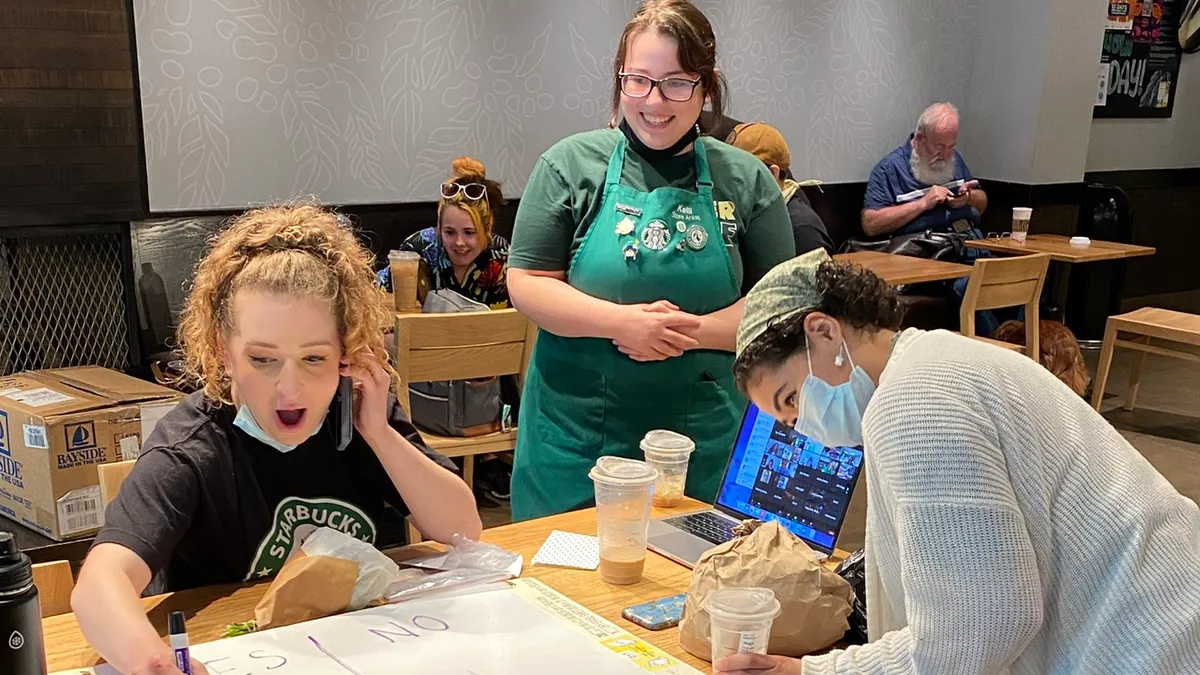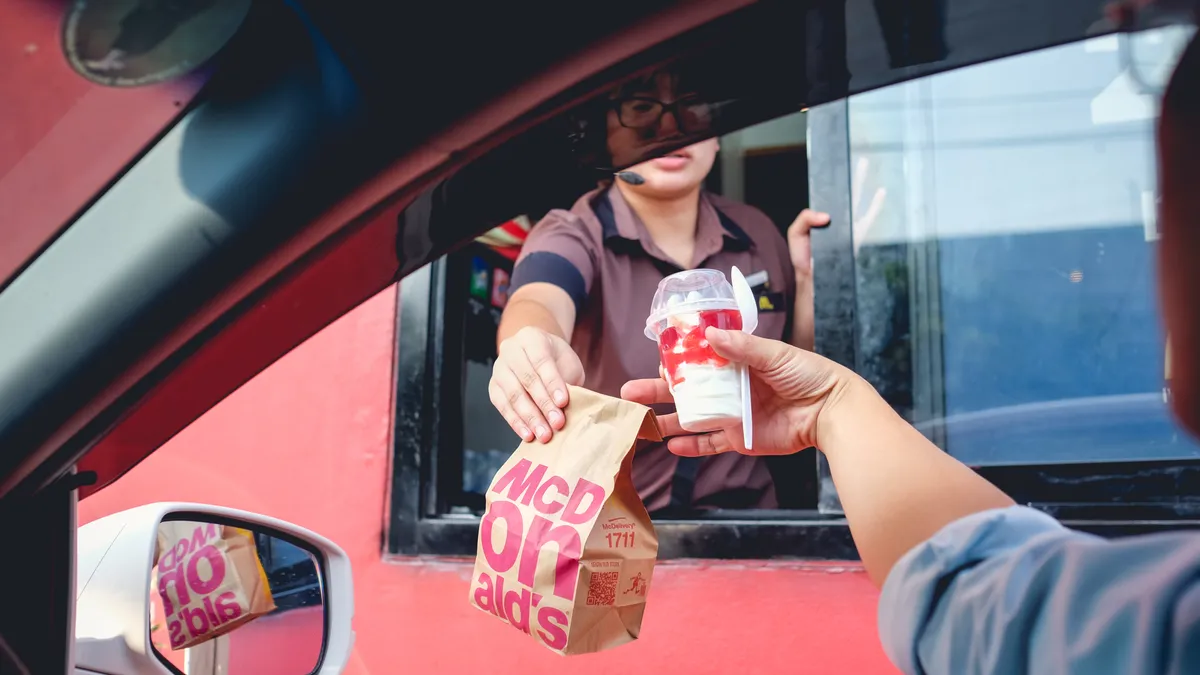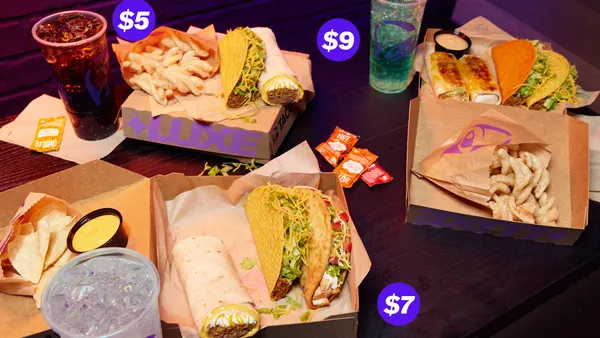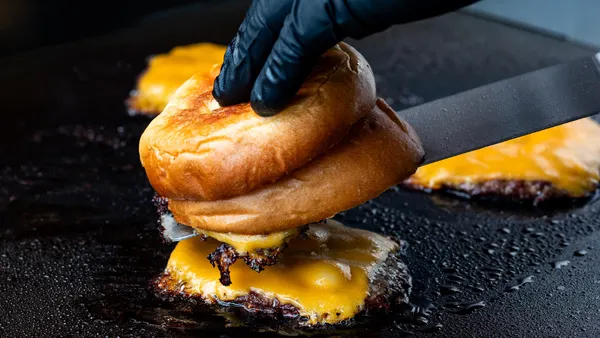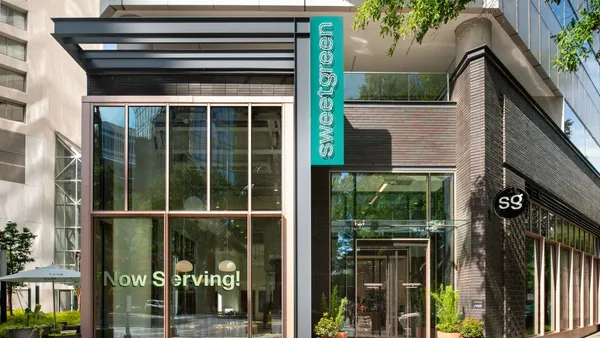Dive Brief:
- McDonald’s announced that its iconic hamburger will no longer contain any artificial preservatives, flavors or colors — except for the burger’s pickle topping, which contains an artificial preservative, the company reported in a press release.
- The ingredient change affects all 14,000 U.S. restaurants and takes McDonald’s one step closer in its mission to evolve the quality of its food. As part of this transition, the company removed artificial preservatives from its American cheese, Big Mac Special Sauce, regular bun, Quarter Pounder bun and Big Mac Bun.
- "We understand that now more than ever, people care about their food — where it comes from, what goes into it and how it is prepared — and we are committed to make changes to our menu our guests feel good about," said Linda VanGosen, McDonald’s vice president of menu innovation.
Dive Insight:
McDonald's decision to clean up its signature hamburger is the latest in a string of menu upgrades driven by customer requests. The restaurant has also made commitments to sustainably source all McCafe coffee by 2020, use only cage-free eggs by 2025 and source a portion of its beef from sustainable farming programs.
In another move to bolster its environmental sustainability, the fast-food chain announced in January that it would start offering recycling in all of its restaurants and transition to environmentally-friendly packaging.
With these initiatives under its belt, McDonald’s joins a growing list of major food and restaurant distributors making changes based on the improved health of the environment and the consumer. In January, for example, Coca-Cola announced it would collect and recycle 100% of its packaging by 2030. And even as far back as 2016, PepsiCo announced it would try and make all of its packaging recoverable or recyclable by 2025.
Consumer fear of synthetic food substances and increasing demand for natural, clean label ingredients is pushing the broader food space to remove everything from additives to trans fats from products. According to a Consumer Goods Forum report, food companies changed the ingredients in 180,000 products in 2016 in an effort to make them appear “healthier.”
But cleaning up food products and menu items without undermining their original taste, appearance, texture and price point is easier said than done. When General Mills phased neon-hued artificial colors out of its Trix cereal brand, for example, consumers complained that the new subdued colors were "depressing" and noted that the cereal tasted different. Customers were so upset, the manufacturer eventually brought back the original recipe.
Whether or not McDonald's new hamburger meets customer expectations is an open question. It's also possible that the restaurant's move could bring new food safety risks employees will need to be trained on, since fewer preservatives shorten product shelf life. McDonald's may need to shift its inventory strategy to smaller and more frequent deliveries in order to meet a more rapid expiration date.
To combat this issue, food and drink companies are racing to find natural replacements to preserve foods. Kemin Industries, for example, has developed a natural preservative blend that combines rosemary, spearmint and green tea extracts to replace synthetic preservatives and extend shelf life in sauces.
Until science catches up, McDonald’s will have to be cautious when distributing its raw beef to restaurants in the midst of the many salmonella and other foodborne illness scandals that have plagued the industry as of late.
Want more restaurant industry coverage? Subscribe to Restaurant Dive — our newest sister publication launching in mid-October. Sign up→




